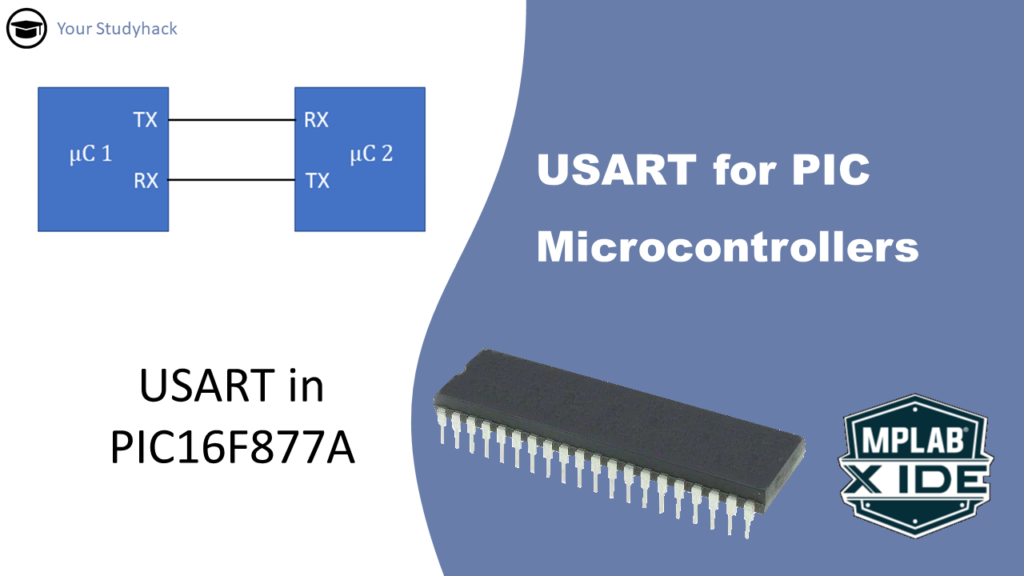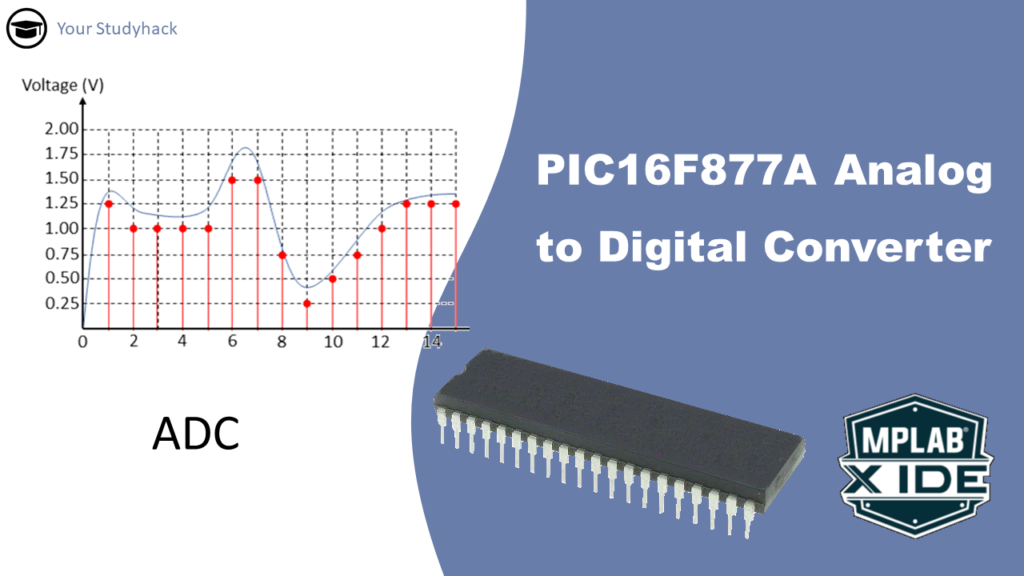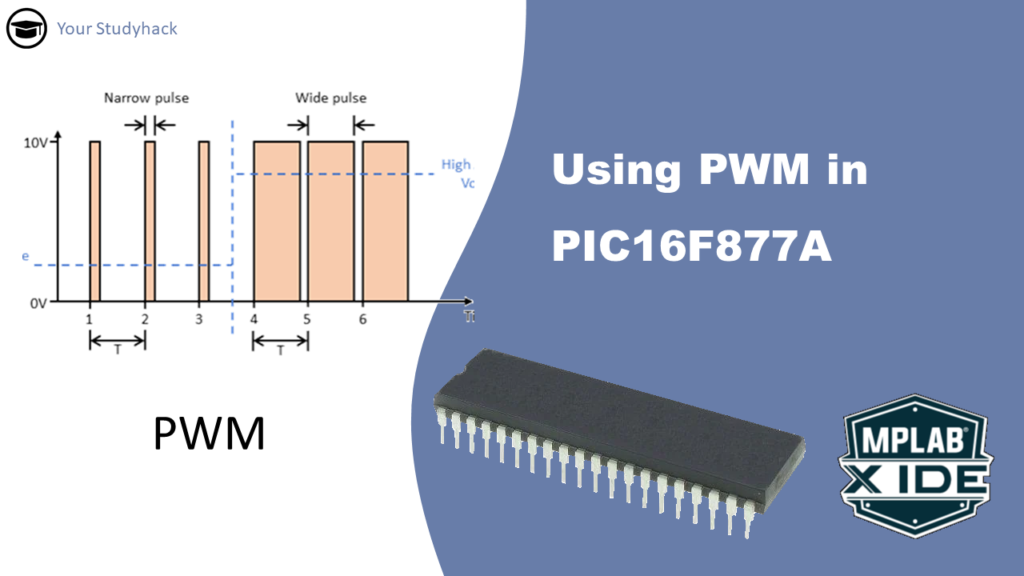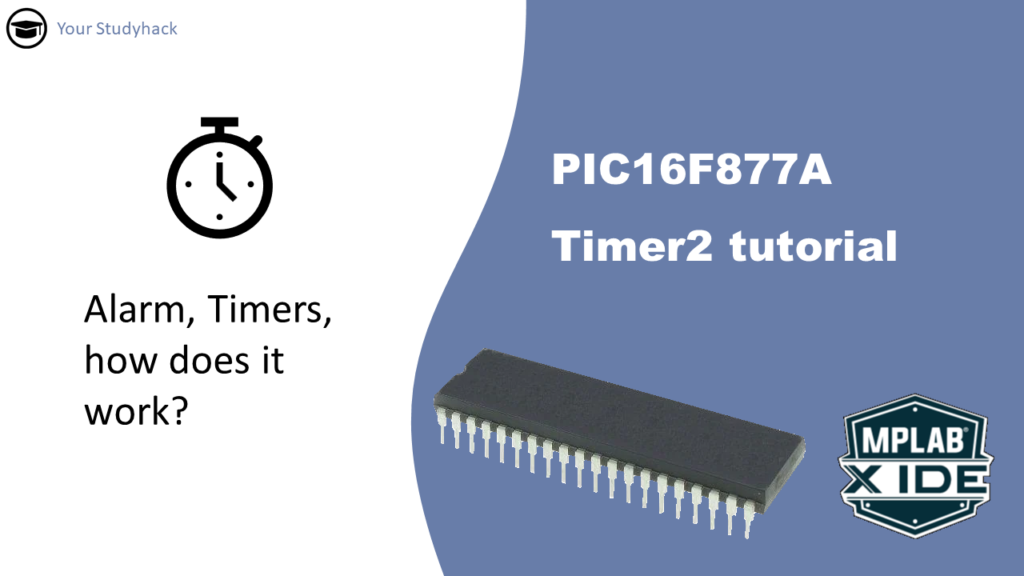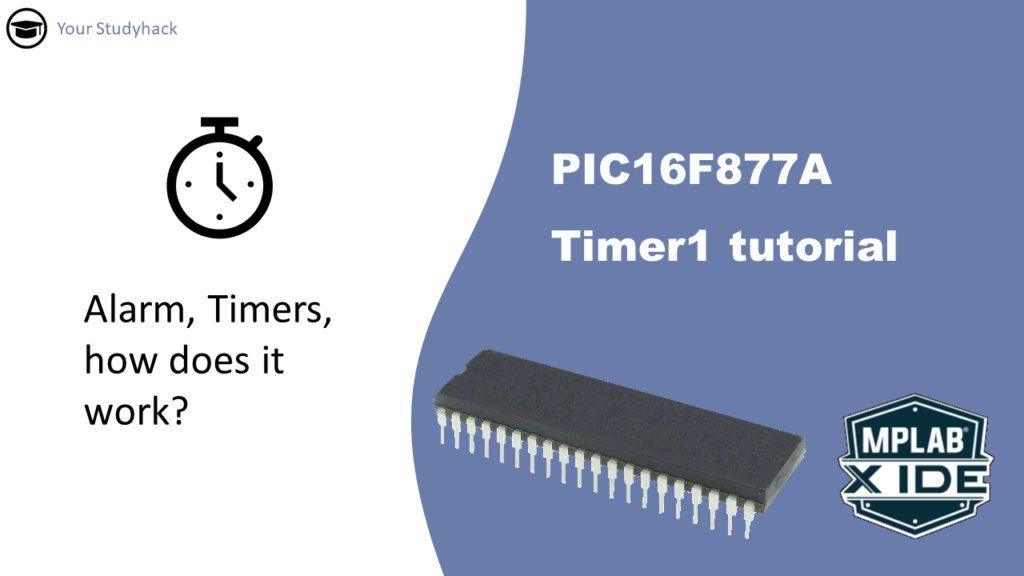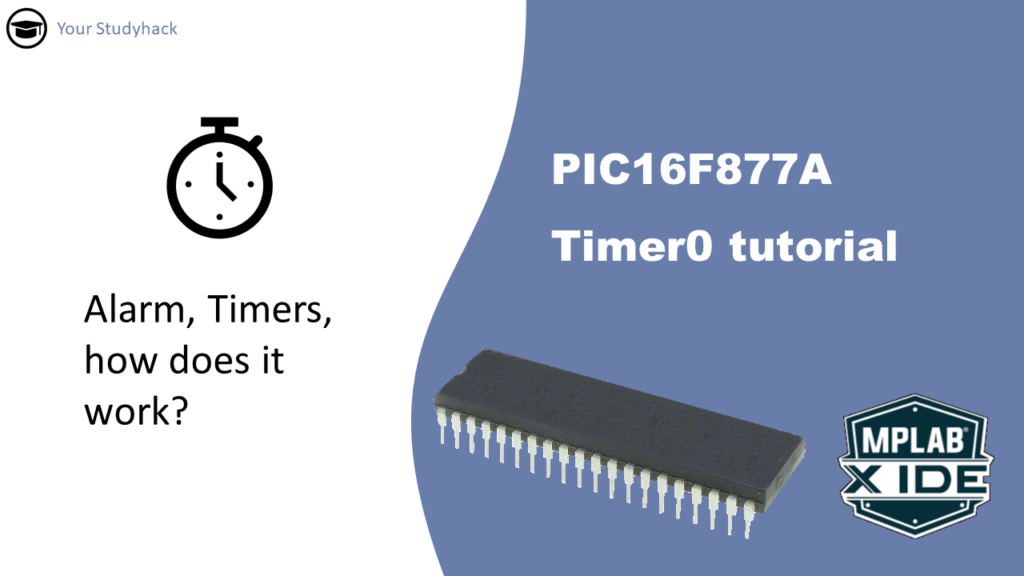 Daily tech news
Daily tech news
- A century-old piano mystery has just been solvedScientists confirmed that pianists can alter timbre through touch, using advanced sensors to capture micro-movements that shape sound perception. The discovery bridges art and science, promising applications in music education, neuroscience, and beyond.
- Princeton’s AI reveals what fusion sensors can’t seeA powerful new AI tool called Diag2Diag is revolutionizing fusion research by filling in missing plasma data with synthetic yet highly detailed information. Developed by Princeton scientists and international collaborators, this system uses sensor input to predict readings other diagnostics can’t capture, especially in the crucial plasma edge region where stability determines performance. By reducing […]
- Heisenberg said it was impossible. Scientists just proved otherwiseResearchers have reimagined Heisenberg’s uncertainty principle, engineering a trade-off that allows precise measurement of both position and momentum. Using quantum computing tools like grid states and trapped ions, they demonstrated sensing precision beyond classical limits. Such advances could revolutionize navigation, medicine, and physics, while underscoring the global collaboration driving quantum research.
- This new camera sees the invisible in 3D without lensesScientists have developed a lens-free mid-infrared camera using a modern twist on pinhole imaging. The system uses nonlinear crystals to convert infrared light into visible, allowing standard sensors to capture sharp, wide-range images without distortion. It can also create precise 3D reconstructions even in extremely low light. Though still experimental, the technology promises affordable, portable […]
- Biochar’s secret power could change clean water foreverScientists found that biochar doesn’t just capture pollutants, it actively destroys them using direct electron transfer. This newly recognized ability accounts for up to 40% of its cleaning power and remains effective through repeated use. The discovery opens the door to cheaper, greener, and more efficient water treatment methods worldwide.
- Scientists brew “quantum ink” to power next-gen night visionToxic metals are pushing infrared detector makers into a corner, but NYU Tandon researchers have developed a cleaner solution using colloidal quantum dots. These detectors are made like “inks,” allowing scalable, low-cost production while showing impressive infrared sensitivity. Combined with transparent electrodes, the innovation tackles major barriers in imaging systems and could bring infrared technology […]
Category
USART for PIC Microcontrollers
The USART module, also referred to as the Serial Communications Interface (SCI), is a crucial hardware module that enables a microcontroller to communicate with other...
PIC16F877A Analog to Digital Converter (ADC)
The ADC module in microcontrollers indeed allows them to interface with the analog world by converting continuous analog signals into discrete digital values. This capability...
Using PWM in PIC16F877A
Digital signals (0 or 1) and analog signals (range of values) are both used in electronics. Analog inputs can be converted to digital through an...
PIC16F877A Timer2 tutorial
The Timer2 module is an 8-bit timer/counter within most PIC MCU devices. Timer2 can increment up to a value of 255 before it overflows back...
PIC16F877A Timer1 Tutorial
The Timer1 module is a 16-bit timer/counter within most PIC MCU devices. Timer1 can increment up to a value of 65535 before it overflows back...
PIC16F877A Timer0 tutorial
The Timer0 module is an 8-bit timer/counter that is included with all 8-bit PIC MCU devices. The Timer0 is more than just a timer....
Prerequisits
To make it easier, I assume you have a basic knowledge of the following:
- Basic circuitry knowledge; such as resistors, transistors, diodes, relays.
- Basic programming knowledge in C; understand what are functions, operators, data types, and more.
- Digital electronics, such as logic gates.
On some occasions I will explain it from scratch, but to understand everything, it is best to brush up on the basics so that you can follow the tutorials.
Required Software
For these tutorials we use Microchip’s own software package that includes:
- MPLAB X IDE
- XC8 Compiler
- PICKIT3 programmer/debugger
All the tools can be downloaded at the official website of Microchip Technology
Required Hardware
The full tutorial consists of many different types of electrical components, sensors and actuators. It depends completely on your own project what you need. However, in all cases you will need a Pickit3 tool to install the software and you need at least 1 PIC16F877A microcontroller to install it on.


